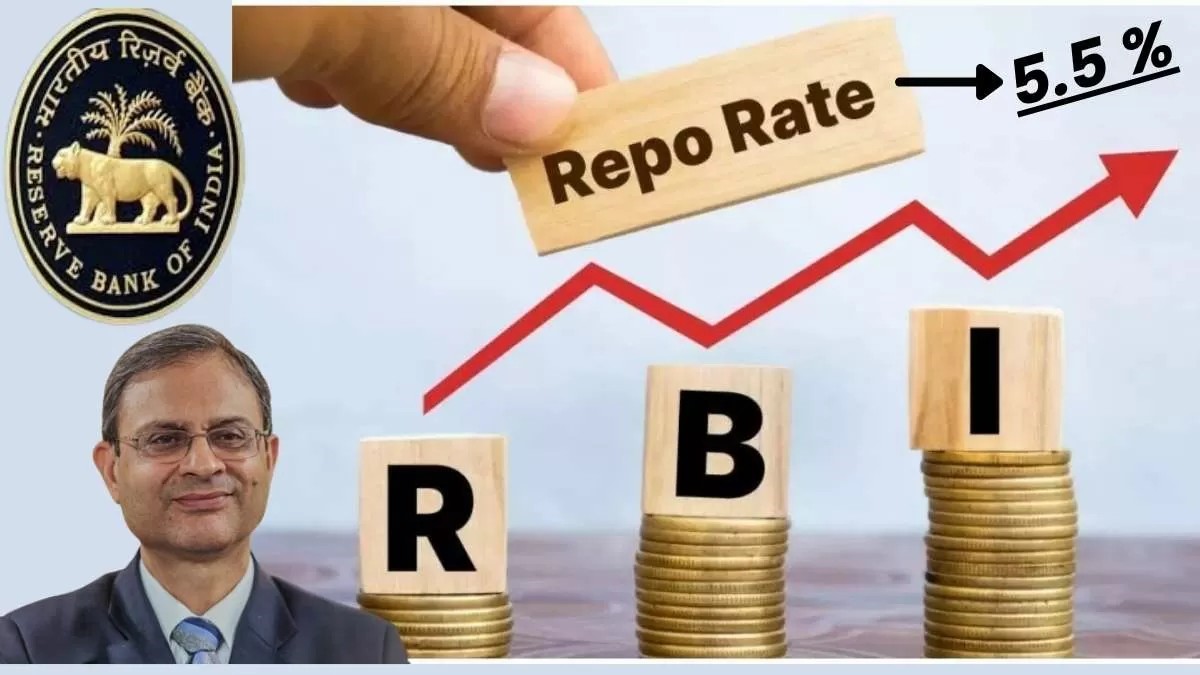RBI Cuts Repo Rate and CRR to Boost Growth
RBI Cuts Repo Rate and CRR to Boost Growth
Why in the News?
The Reserve Bank of India (RBI) has slashed the repo rate to 5.5% and announced a 100 bps reduction in CRR in phases. This RBI interest rate decision aims to boost credit availability, reduce the cost of funds, and support economic growth support amid controlled inflation, showcasing key central bank actions as part of the ongoing financial sector reforms.
About Monetary Policy Measures to Spur Growth:
- The RBI Monetary Policy Committee (MPC) voted 5:1 to cut the repo rate by 50 basis points to 5.5%, marking the third cut since February as part of economic stimulus measures.
- This reduction is intended to spur borrowing, reduce interest burden for borrowers, and support overall economic momentum, aligning with GDP growth initiatives.
- The Cash Reserve Ratio (CRR) will be reduced by 100 basis points in four 25 bps stages from September to November 2025, enhancing bank liquidity and lendable resources. This move is part of the latest banking sector updates aimed at boosting the financial system.
- The cut is expected to release ₹2.5 lakh crore into the banking system by year-end, boosting the financial sector and potentially the services sector.
Inflation Projections and Policy Stance
- With CPI inflation under control, the RBI revised its inflation forecast for 2025-26 to 3.7%, down from 4%, reflecting effective inflation control measures. The central bank is closely monitoring both retail inflation and core inflation trends.
○ Quarter-wise CPI: Q1 – 2.9%, Q2 – 3.4%, Q3 – 3.9%, Q4 – 4.4%.
- RBI shifted its stance from accommodative to neutral, enabling flexibility to respond to future inflation trends and global commodity prices.
- The move reflects a balanced approach between growth and inflation management, considering various economic indicators and aligning with ongoing financial sector reforms.
Growth Outlook and Sectoral Insights
- The GDP growth projection for 2025-26 is maintained at 6.5%, with momentum supported by private consumption, rural demand, and investment activity, contributing to India’s position as an attractive investment destination. This forecast is a key component of the current Indian economy outlook.
- Agriculture prospects are bright due to above-normal monsoon forecasts, which could positively impact food inflation.
- Stress in retail segments has reduced, but challenges remain in microfinance, prompting banks/NBFCs to strengthen risk management practices in the evolving banking sector.
- The RBI’s outlook also considers urban demand and industrial activity as important factors influencing economic growth. Additionally, the central bank is monitoring forex reserves to ensure stability in the external sector.
|
What is Repo Rate? |
|
● Definition: Repo Rate (Repurchase Agreement Rate) is the interest rate at which commercial banks borrow funds from the central bank. |
- Purpose: It helps banks manage short-term liquidity needs.
- Mechanism: Banks provide government securities as collateral and agree to repurchase them later at a higher price.
- Impact of Increase:
○ Loans become costlier for banks.
○ Leads to higher interest rates for consumers.
○ Reduces borrowing and spending.
- Impact of Decrease:
○ Cheaper loans for banks.
○ Encourages consumer and business borrowing.
● Policy Tool: Used to control inflation, money supply, and stimulate economic growth





